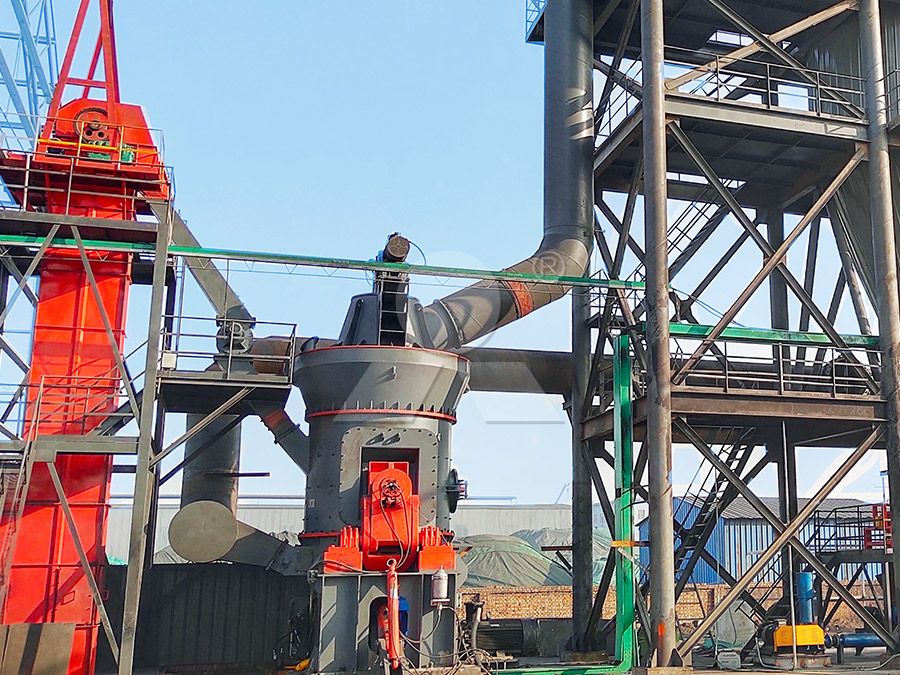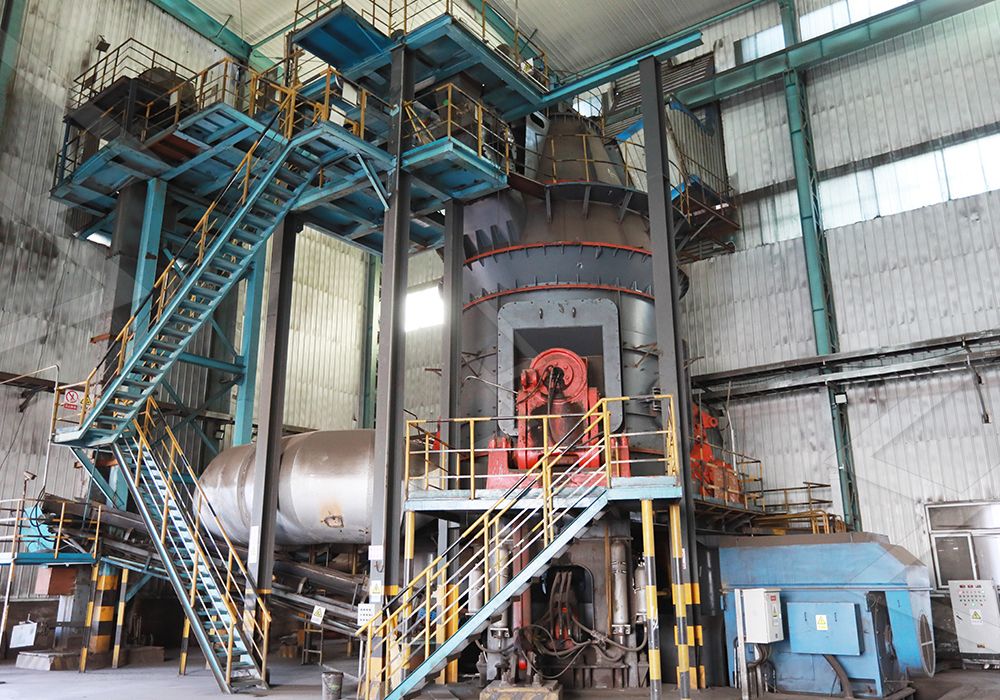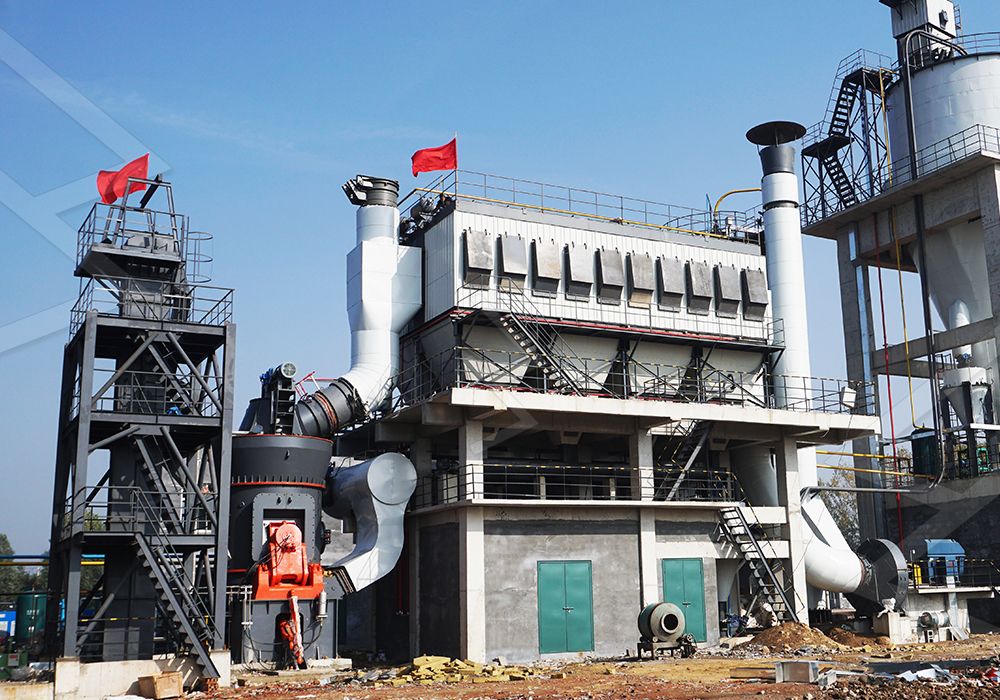Energy-Efficient Slag Grinding Mill: Key Features and Benefits
Energy-Efficient Slag Grinding Mill: Key Features and Benefits
In today’s industrial landscape, the demand for efficient and environmentally responsible grinding solutions has never been higher. Slag grinding presents unique challenges that require specialized equipment capable of handling abrasive materials while minimizing energy consumption and environmental impact. Modern grinding technology has evolved significantly to meet these demands, offering substantial advantages over traditional milling systems.
The Evolution of Slag Grinding Technology
Traditional grinding methods often consumed excessive energy while delivering inconsistent results. The development of specialized vertical grinding mills has revolutionized slag processing, providing manufacturers with equipment specifically engineered for industrial byproducts. These advanced systems integrate multiple processes into single, streamlined operations, reducing both footprint and operational complexity.

One standout solution in this category is the LM Vertical Slag Mill, which exemplifies the technological advancements in this field. This specialized equipment integrates drying, grinding, powder selection, and conveying into a single system, specifically designed for grinding industrial waste into valuable powder. With an input size capacity of 38-65mm and throughput ranging from 7-100T/H, this mill reduces the covered area by approximately 50% compared to traditional ball milling systems while cutting energy consumption by 30-40%.
Key Operational Advantages
The most significant benefit of modern slag grinding mills lies in their energy efficiency. By combining multiple processes into one integrated system, these mills eliminate the need for separate drying and grinding equipment, substantially reducing power requirements. The vertical structure not only saves space but also enhances heat transfer efficiency, further contributing to energy savings.
Another critical advantage is the environmental performance. Modern mills operate under negative pressure systems that prevent dust spillage, while advanced sealing technologies minimize noise pollution. The grinding process itself generates less heat, reducing the need for additional cooling systems and contributing to lower overall energy consumption.

Technical Innovations Driving Efficiency
Contemporary slag grinding mills incorporate several proprietary technologies that enhance performance while reducing maintenance requirements. The integration of grinding and powder selection in a single device not only reduces initial investment costs but also simplifies operation. High-quality steel construction combined with performance wear-resistant materials ensures extended service life and reliable operation.
For operations requiring ultra-fine powder production, the MW Ultrafine Grinding Mill offers exceptional capabilities. This machine processes materials with input sizes up to 20mm and capacities ranging from 0.5-25 tph, producing powders with fineness adjustable between 325-2500 meshes. Its innovative design eliminates rolling bearings and screws in the grinding chamber, preventing common failure points and enabling continuous 24-hour operation.
Economic and Environmental Benefits
The transition to energy-efficient slag grinding technology delivers substantial economic advantages through reduced operating costs, lower maintenance requirements, and decreased energy consumption. The environmental benefits are equally impressive, with comprehensive dust collection systems, reduced noise emissions, and minimal waste generation.

Manufacturers implementing these advanced grinding systems report significant improvements in product quality, with uniform particle size distribution and consistent chemical composition. The automated control systems enable precise adjustment of operating parameters, ensuring optimal performance across varying material conditions.
Frequently Asked Questions
What makes vertical slag mills more energy-efficient than traditional ball mills?
Vertical slag mills integrate multiple processes into a single system, eliminating the need for separate equipment. Their design optimizes material flow and reduces energy losses, typically consuming 30-40% less energy than equivalent ball milling systems.
Can these grinding mills handle variations in slag composition?
Yes, modern grinding mills feature adjustable parameters that allow operators to compensate for variations in material composition. Automated control systems can modify grinding pressure, rotation speed, and separator settings to maintain consistent product quality.
What maintenance requirements should operators expect?
Advanced designs significantly reduce maintenance needs. The absence of rolling bearings in critical areas, combined with external lubrication systems, minimizes routine maintenance. Wear-resistant materials extend component life, while accessible design simplifies inspection and part replacement.
How do these systems address environmental concerns?
Comprehensive dust collection systems, negative pressure operation, and noise reduction technologies ensure compliance with environmental standards. The efficient grinding process also reduces overall energy consumption, contributing to lower carbon emissions.
What production capacities can be achieved with modern slag grinding mills?
Capacities vary by model, with systems like the LM Vertical Slag Mill handling 7-100T/H and the MW Ultrafine Grinding Mill processing 0.5-25 tph. Selection depends on material characteristics and required product fineness.
